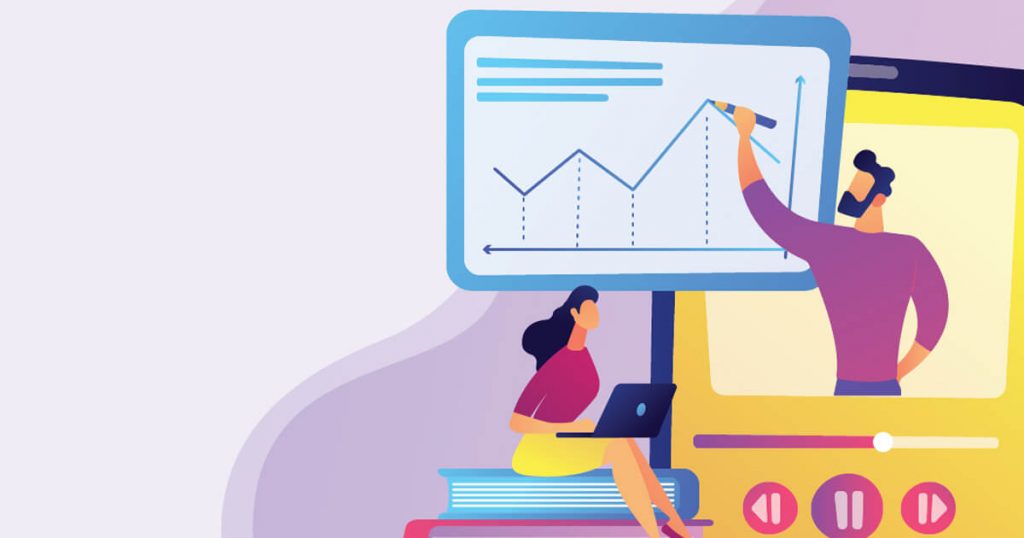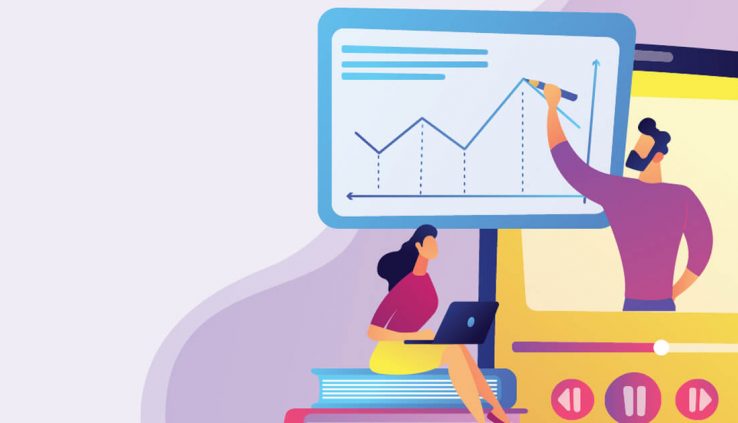The State of Video in Higher Education
By Adam Noyes
As technology moves forward, video has a bigger place in higher education. And, with social distancing in full effect, live streaming is now finding it’s way into the classroom or lecture hall as well.
Check out some highlights from this article from streamingmedia.com on video’s place in higher education.

Even before the COVID-19 crisis, we had reached the point where the video landscape for education is mature and largely swept clear of skeptics. Few teachers and administrators still doubt that educational video can enhance student experiences—fully online video-based instruction is broadly accepted as an effective mode of lecturing.
Actual proof for these beliefs is somewhat harder to find, though, due to the confounding nature of real-world research limitations. Plenty of studies have been published showing that students learn material about as well—or even better—from video than from in-person lectures, but almost all are comparing college students, who are presumably savvy and resourceful learners under any circumstances. The availability of video resources tends to increase alongside the engagement level of the student body: Competitive universities will have better access to video services than public high schools, and university researchers studying impacts of video on learning outcomes will have better access to their own students than to less academically inclined students who may have a greater challenge learning from video.
Anecdotally, though, educational video appears to be finding an audience outside of formal schools, with many popular and highly informative YouTube channels devoted to auto repair, construction, and other skilled technical labor. An exemplar of the state of learning-outcomes research is a 2019 journal article from Judith L. Leatherman and Lacy M. Cleveland, which describes a flipped classroom experience for a genetics course. It shows that student learning outcomes were roughly the same as for comparable non-flipped classes, while investigating the confounding elements that make it difficult to attribute the results of the study specifically to video. As always, more research is needed, and the ubiquity of video in schools will help produce more results and guide best practices in the next year and decade.

